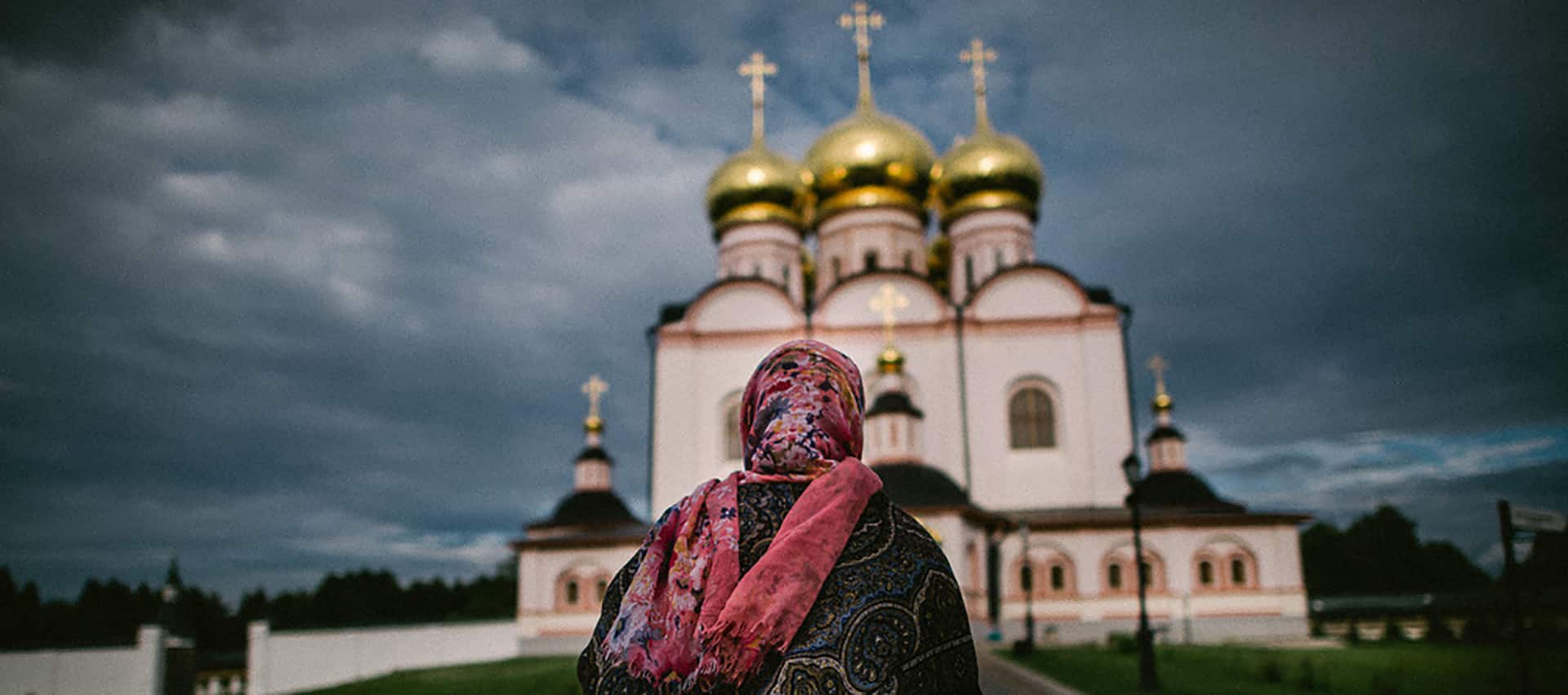Today’s Russia is known mostly for its politics, the splendor of Saint Petersburg, and Moscow’s monuments. To get into the heart of the largest nation on the planet, Blind hits the road with four young photographers who explore their country’s territory and memory.

You’re getting blind.
Don’t miss the best of visual arts. Subscribe for $9 per month or $108 $90 per year.
Already suscribed ?
Read more: Three Ways of Looking at Russian Youth



